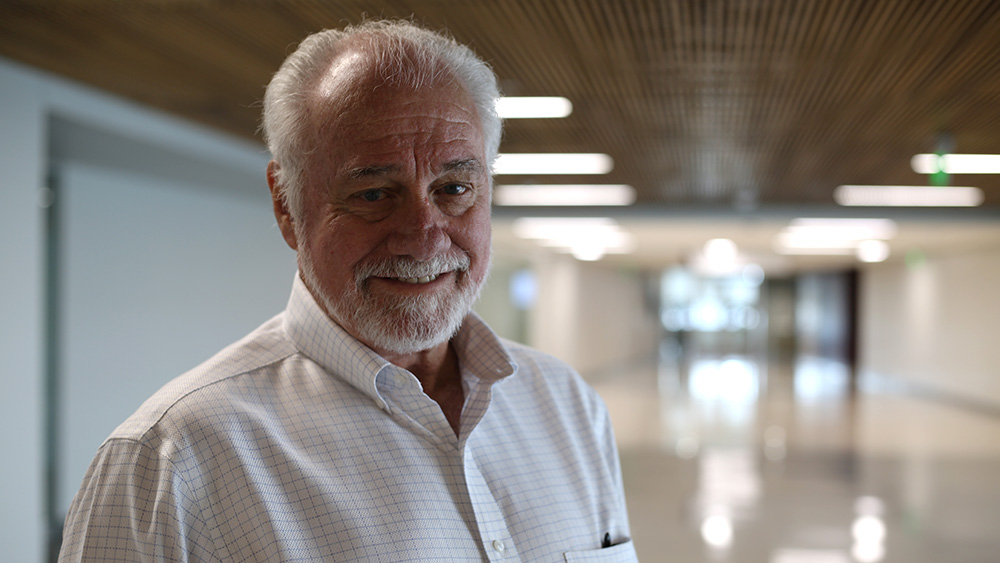
It’s been 44 years since Ronald Ledbetter graduated from Texas A&M University with a degree in engineering technology. Now he’s back in Aggieland, serving his alma mater as a professor of practice and training the next generation of subsea engineers.
As the saying goes, “The apple doesn’t fall far from the tree.” This rings true for Ledbetter, whose father worked in the oil and gas industry for Texaco Oil Company. As a child, Ledbetter moved around quite a bit due to his father’s job. He lived in several Texas cities, Corpus Christi, San Antonio, Tyler and Houston. When it came time for Ledbetter to choose his own path, he decided to work in the oil and gas industry too.
Ledbetter first arrived at Texas A&M in 1965, then left a couple years later to serve his country in Vietnam. He returned in 1971 and graduated in 1975. For the next 42 years, Ledbetter worked in the oil and gas industry, serving in multiple positions of leadership. His career took him around the world, from Australia and France, to England, Scotland, Canada, Guyana and Mexico, to name a few.
An expert in subsea engineering systems and offshore field development, Ledbetter helped develop the curriculum for the specialized master’s program in subsea engineering at Texas A&M several years ago. He’s excited for the opportunity to now work full time with students and help grow the program.
“This concept of bringing professors in who have learned so much from the experience of their careers to teach from the perspective of having been there and done that is a brilliant addition to the theory and engineering processes already taught,” he said. “My overall goal is to make this program not just successful, but also regarded as one of the top master’s programs in the nation. I want the program to grow and be self-sustaining.”
“The oil and gas industry still has many difficult technical challenges and we need young lively minds with ideas to solve these challenges.”
“This concept of bringing professors in who have learned so much from the experience of their careers to teach from the perspective of having been there and done that is a brilliant addition to the theory and engineering processes already taught,” he said. “My overall goal is to make this program not just successful, but also regarded as one of the top master’s programs in the nation. I want the program to grow and be self-sustaining.”
For Ledbetter, the best part of his job is working with students. “I have been very impressed by their intelligence and their hunger for knowledge,” he said.
Ledbetter said the oil and gas industry needs inquisitive minds to tackle immense challenges below the surface of the sea. He likened the challenges of the subsea environment to the challenges faced by the space program, where external pressures reach thousands of psi and internal pressures are even higher. Subsea equipment and systems are remote and operate in a highly corrosive environment, both internally and externally, as well as being inaccessible for maintenance or repair.
“All in all, it is an extremely challenging setting for engineering and design,” he said. “The oil and gas industry still has many difficult technical challenges and we need young lively minds with ideas to solve these challenges.”
Visit our website to learn more about Texas A&M’s Master of Engineering in Engineering with a specialization in subsea engineering program.